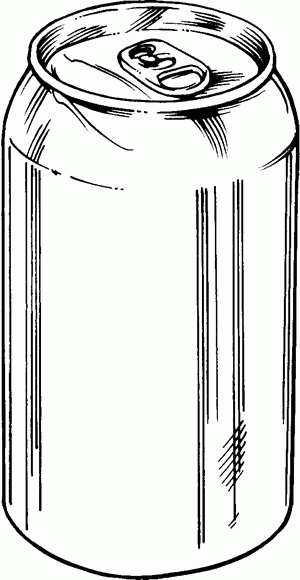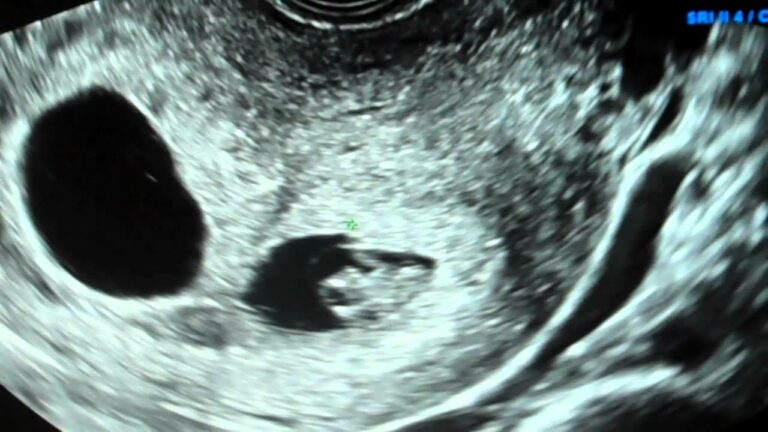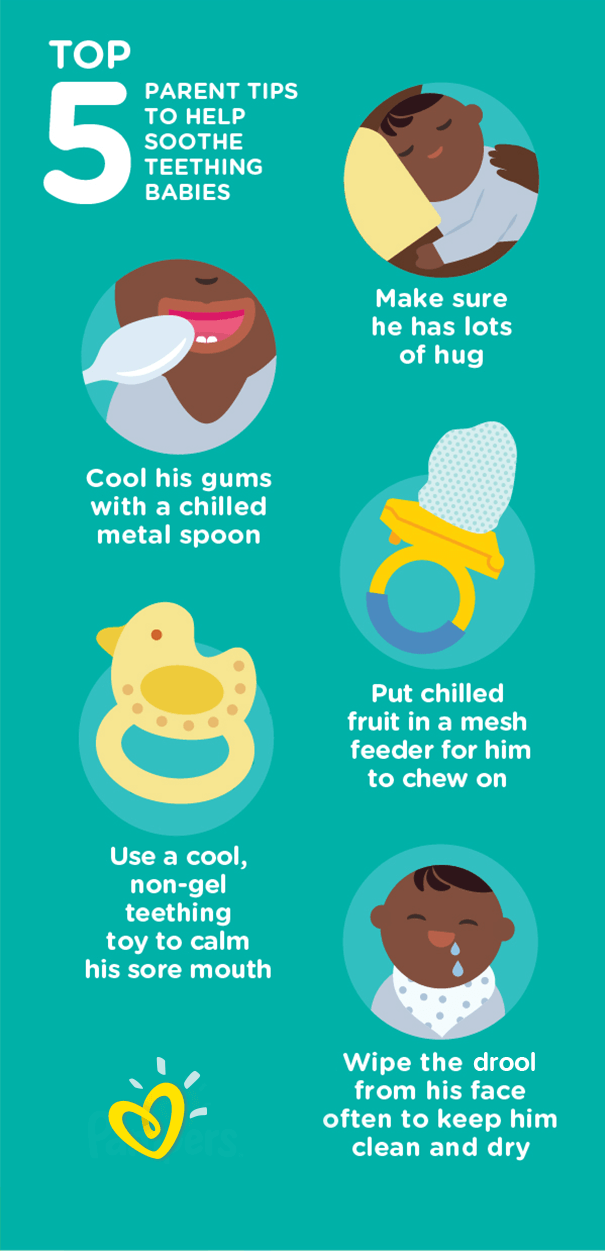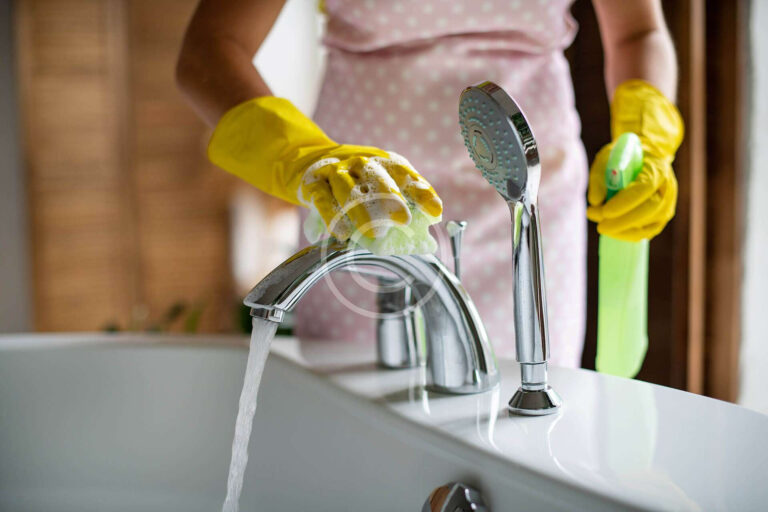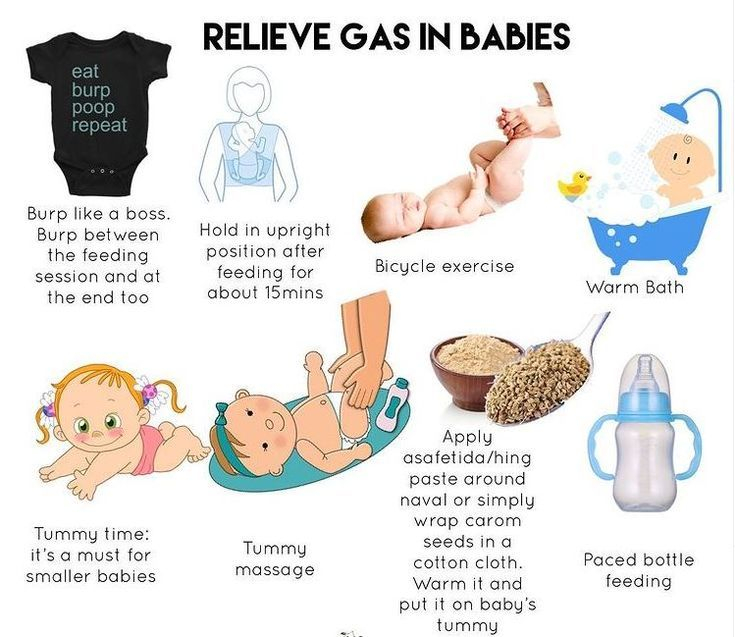Best Baby Carriers for Newborns: A Comprehensive Guide to Choosing the Right Carrier
When it comes to finding the best baby carrier for your newborn, the options can be overwhelming. From wrap carriers to ring slings and soft-structured carriers, each type offers unique features and benefits. In this guide, we will explore the different types of baby carriers, safety considerations, comfort for both the baby and the wearer, as well as materials and construction. By the end, you’ll have all the information you need to make an informed decision for you and your little one.
Types of Baby Carriers

When it comes to baby carriers for newborns, there are several types to choose from, each with its own set of features and benefits. Let’s take a closer look at wrap carriers, ring sling carriers, and soft-structured carriers.
Wrap Carriers
Wrap carriers are long, stretchy pieces of fabric that can be wrapped around your body to create a secure and comfortable hold for your baby. They are adjustable and provide a custom fit for both the parent and the baby.
- Popular Brands: Boba Wrap, Moby Wrap, Solly Baby Wrap
- Benefits: Provides excellent support for the baby’s spine and hips, promotes bonding between parent and baby, and allows for hands-free movement.
Ring Sling Carriers
Ring sling carriers consist of a piece of fabric that is threaded through two rings to create a secure pouch for your baby to sit in. They are easy to adjust and can be used for newborns up to toddlers.
- Popular Brands: Sakura Bloom, WildBird, Maya Wrap
- Benefits: Offers quick and easy adjustments for a comfortable fit, promotes skin-to-skin contact, and allows for discreet breastfeeding on the go.
Soft-Structured Carriers
Soft-structured carriers have a structured seat for the baby and padded shoulder straps for the parent. They are versatile and can be worn in multiple positions, making them a popular choice for many parents.
- Popular Brands: Ergobaby, Tula, LILLEbaby
- Benefits: Provides excellent lumbar support for the parent, evenly distributes the baby’s weight, and allows for long-wearing comfort.
Safety Considerations
When it comes to using a baby carrier for newborns, safety should always be the top priority. Here are some key considerations to keep in mind to ensure the safety and well-being of your little one.
Safety Features to Look For
- Look for carriers that have proper buckles, straps, and closures to securely hold your baby in place.
- Ensure that the carrier is made from breathable and durable materials to prevent any discomfort or injuries to the baby.
- Check for carriers with adjustable straps to accommodate your baby’s growth and ensure a snug fit at all times.
Proper Positioning of Hips and Spine
- Make sure your baby’s hips are in the “M” position, where the thighs are spread apart and the knees are slightly higher than the hips. This helps in proper hip development.
- The baby’s spine should be in a natural C-curve position, with support for the neck and head to prevent any strain.
Ensuring Proper Airflow and Preventing Overheating
- Choose a carrier with mesh panels or breathable fabrics to allow for proper airflow and ventilation to prevent overheating.
- Avoid overdressing your baby when using a carrier, and always check for signs of overheating such as sweating or flushed skin.
Checking for Proper Fit and Adjustments
- Ensure that the carrier is properly adjusted to your body and the baby’s size to prevent any slumping or discomfort.
- Check for proper positioning of the baby’s head and neck to ensure clear airways and visibility.
Comfort for the Baby and the Wearer
When it comes to baby carriers, comfort is key for both the baby and the wearer. A carrier that provides proper support and ergonomic design can make a world of difference in ensuring a pleasant experience for both parties.
Features for Baby’s Comfort
- Soft, breathable fabric that is gentle on the baby’s skin.
- Padded straps and waist belt to prevent any discomfort for the baby.
- Adjustable head and neck support for newborns to keep them secure.
- Proper leg positioning to promote healthy hip development.
Importance of Ergonomic Design
- Ergonomic design helps distribute the baby’s weight evenly on the wearer’s body.
- Reduces strain on the wearer’s back, shoulders, and hips during extended wear.
- Allows for a more natural and comfortable position for the baby, mimicking the womb environment.
Tips for Adjusting the Carrier
- Ensure the carrier is tightened securely to avoid any shifting or sagging.
- Adjust the straps to fit snugly against your body for optimal weight distribution.
- Check that the baby is positioned high enough on your chest for easy monitoring.
- Make sure the baby’s airway is clear and not obstructed by any fabric.
Ensuring Baby’s Support
- Check that the baby’s back is well-supported and not slouching.
- Ensure the baby’s legs are in the proper M-position to prevent hip dysplasia.
- Monitor the baby’s temperature and adjust layers accordingly for comfort.
- Take breaks when needed to allow both the baby and the wearer to rest.
Material and Construction

When it comes to baby carriers, the materials used and how they are constructed play a crucial role in both the comfort and safety of the baby and the wearer. Let’s dive into the details of what makes the ideal materials and construction for baby carriers.
Ideal Materials for Baby Carriers
The ideal materials for baby carriers are those that are breathable and soft to ensure the baby’s comfort. Fabrics like cotton, linen, and mesh are popular choices for their ability to allow air circulation and prevent overheating. These materials are gentle on the baby’s delicate skin and provide a cozy environment for them to be carried around in.
Durability and Washability
Durability and washability are important factors to consider when choosing a baby carrier. It’s essential that the carrier can withstand regular use and washing without losing its shape or integrity. Materials like cotton and linen are known for their durability and can be easily cleaned in the washing machine, making them convenient choices for busy parents.
Benefits of Cotton, Linen, and Mesh Fabrics
Cotton is a popular choice for baby carriers due to its softness and breathability. It is gentle on the baby’s skin and helps regulate their body temperature. Linen is another great option as it is lightweight and moisture-wicking, making it suitable for warmer climates. Mesh fabrics are perfect for hot weather as they provide excellent ventilation and prevent the baby from getting too sweaty.
Construction and Comfort
The construction of the carrier plays a significant role in both the baby’s and wearer’s comfort. A well-structured carrier with padded straps and lumbar support ensures that the wearer can carry the baby comfortably for extended periods. Additionally, features like adjustable straps and buckles allow for a customized fit that distributes the baby’s weight evenly, reducing strain on the wearer’s back and shoulders.
Helpful Answers
What are the key safety features to look for in a baby carrier for newborns?
Look for carriers with proper head and neck support, breathable fabric, adjustable straps, and ergonomic design to ensure your newborn’s safety.
How do I know if my baby is positioned correctly in the carrier?
Check that your baby’s hips are in the “M” position and their spine is in a natural curve to promote healthy development.
Which materials are best for baby carriers in terms of breathability?
Cotton and linen fabrics are excellent choices for breathability, keeping your baby cool and comfortable during use.
How do I adjust the carrier to distribute weight evenly for the wearer?
Make sure the carrier’s straps are tightened securely and that the weight is evenly distributed across your shoulders and hips to prevent strain.
Is it safe to use a baby carrier for extended periods?
As long as your baby is well-supported and positioned correctly, using a baby carrier for extended periods can be safe and beneficial for bonding.
